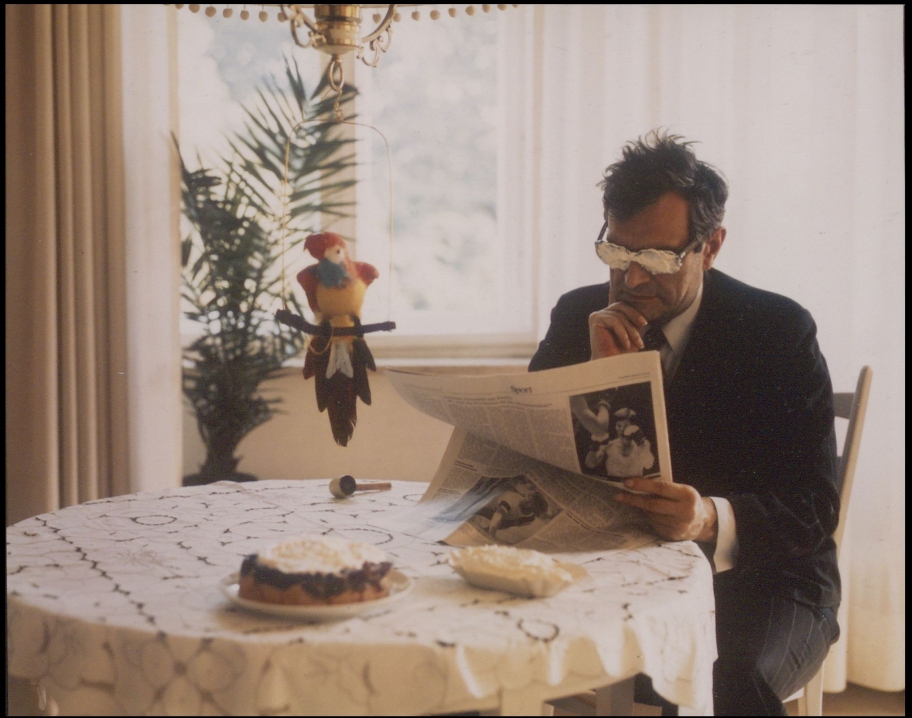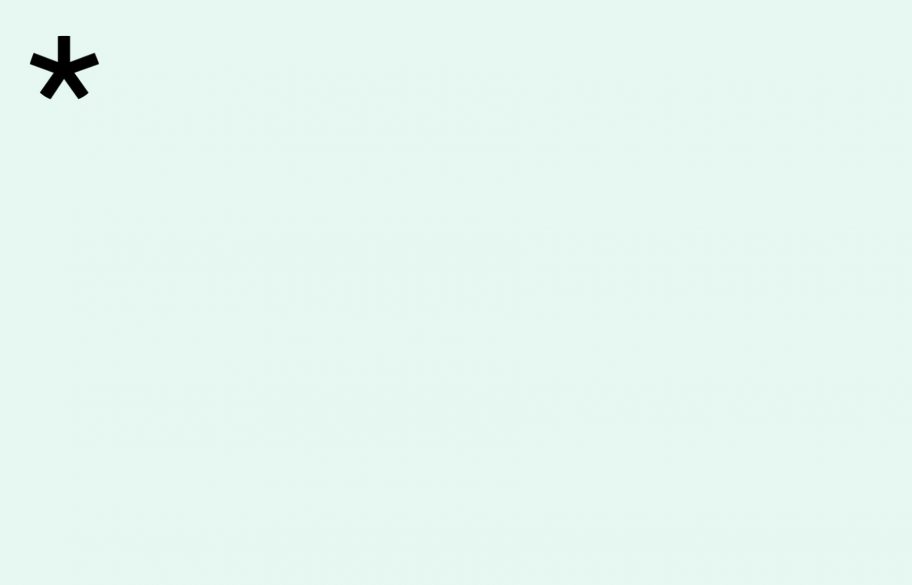Belgium, Visual Arts, 1974
Marcel
Broodthaers
Marcel Broodthaers (b. 1924 in Brussels; d. 1976 in Cologne) was a fellow of the DAAD Artists-in-Berlin Program (BKP) in 1974—just over a year before his death in January 1976. As a young author and poet, Broodthaers got to know René Magritte toward the end of World War II and became associated with the Surrealists group in Belgium. In 1945 Broodthaers published his first poems in a Symbolist and Surrealist style, and two years later, he signed the Surrealist manifesto Pas de quartiers dans la révolution. In 1957 Broodthaers made his first film, La Clef de l’Horloge—“A cinematic poem in honor of Kurt Schwitters.” In 1964 he turned his final volume of poems, Pense-Bête, into a sculpture by embedding it in a lump of plaster, and in this way he entered the realm of visual arts. Broodthaers began producing and exhibiting objects made of mussel shells and eggshells. In 1968, questioning the role of museums in society, he founded the Musée d’Art Moderne, Département des Aigles in his Brussels apartment, inaugurating it with the Section XIXe siècle. Various parts of this imaginary museum, of which he was the director, were presented as complex installations in a variety of contexts: in 1972, the Section des Figures opened at the Kunsthalle Düsseldorf; it contained coats of arms with eagles on them and many other objects bearing images of eagles that Broodthaers had accumulated from museum collections, antique shops, and flea markets; at documenta 5 in the same year, he “closed” his museum with three final sections, including the Section Publicité. As an artist with a keen sense of social responsibility, and as an exponent of a form of art that does not revolve only around itself, but instead reflects its institutional and economic entanglements, Broodthaers sought nothing less than the realization of a concrete utopia. When Günter von Drenkmann, the president of the Berlin state court, was shot and killed by terrorists in his home on November 10, 1974, Broodthaers used his status as a fellow of the Artists-in-Berlin Program as an opportunity to make a political statement; in an open letter to the Berlin Senate, he protested against measures that were being considered in order “to curtail and control (political) prisoners’ rights of defense.”
Between 1974 and 1975 Broodthaers created the installations Un Jardin d’Hiver II, L’Entrée de l’Exposition, Décor, A Conquest by Marcel Broodthaers, and La Salle Blanche—his own forms of retrospective. In 1974 Galerie René Block published and exhibited an edition by Broodthaers called Das Manuskript in der Flasche. In 1975, despite his worsening state of health, Broodthaers continued to prepare his solo exhibition at the Neue Nationalgalerie. After his death, an obituary by Karl Ruhrberg, the director of the Artists-in-Berlin Program, was published in Magazin Kunst in January 1976. The twenty-minute film Berlin oder ein Traum mit Sahne—“A synthesis of the city and its isolation”—that Broodthaers made here in 1974/75 and in which both he and his daughter Marie Puck appear, was premiered posthumously in 1976 at the first BKP film festival at the Akademie der Künste in West Berlin (as Broodthaers had noted down some further modifications to the film shortly before his death, further screenings were initially delayed by his widow). In 1989, in collaboration with Rainer Verlag, the Artists-in-Berlin Program published Le Cadran S(c)olaire. Édition des Amateurs, the facsimile edition of a book designed by Broodthaers in 1974.
Broodthaers participated in documenta 5, 6, 7, and 10 (1972, 1977, 1982, and 1997). Retrospectives of his work have been held, among others, at the Fridericianum, Kassel (2015); Museum of Modern Art, New York; Museo Nacional Centro de Arte Reina Sofía, Madrid (2016); and K21 Düsseldorf (2017).
Text: Eva Scharrer
Translation: Jacqueline Todd



